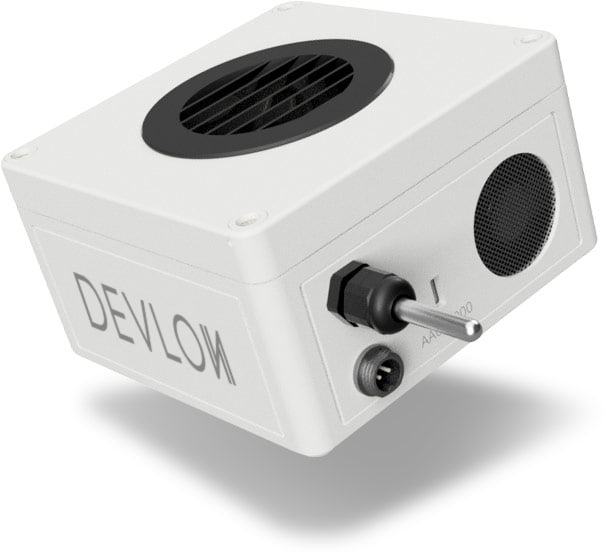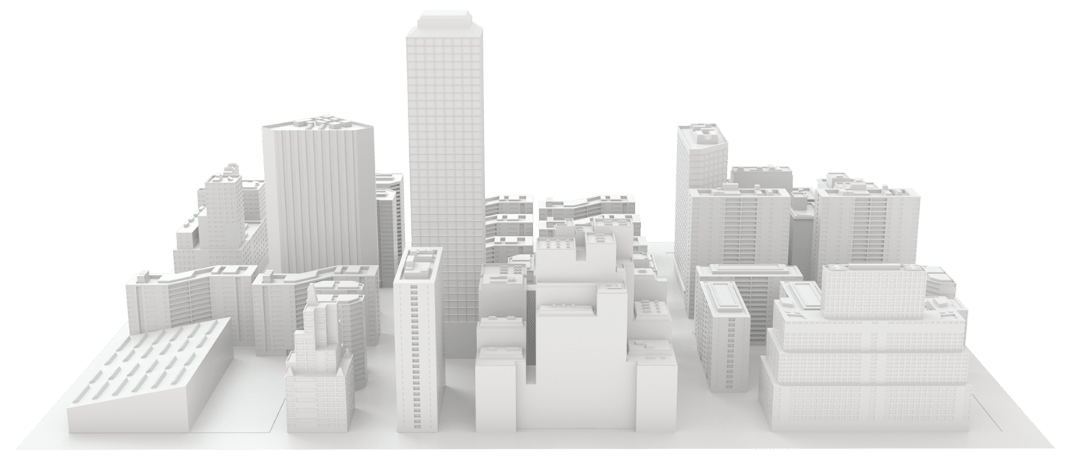SYSTEM OF
ENVIRONMENTAL CONTROL
Devlon Smart Cloud
Know and control the levels of pollution in your city, by measuring the quality of the air, noise and influx of vehicles.



Smart Cities
and the environment
There are more and more policies and strategic plans that promote a life that is more sustainable and committed to the planet. In turn, every day there are more parameters that must be kept under control for analysis and monitoring. In addition, reflecting that work and conclusions obtained is not always easy.
Faced with this challenge of knowledge, analysis and control. IoT devices make it easy and streamline the management of all these functions.
All our solutions promote compliance with the 4 sustainable development goals proposed by the UN.
IoT devices
DEVLON EME
Measure air quality in real time


DEVLON
NOISION
Noise monitoring in open spaces.
DEVLON
METEO EME
Measures air quality, wind direction and speed, and monitors the amount of rain

We facilitate and support public and private entities in their digital transition We facilitate and support public and private entities in their digital transition towards the creation of connected and sustainable environments

Contact us
Frequent questions
hidden by css
Hidden by css so that they appear closed by default
What is an environmental control system and what is it for?
Studying air quality allows us to know the composition and concentration of the compounds that are dispersed in the atmosphere. These elements must be found in a certain composition, so that the vital development of citizenship can take place without interference from poor air quality.
The Air Quality Index is a mechanism that facilitates citizen access to environmental information on the state of “the air”. Both the WHO and the European index are based on five contaminants and five levels.
Based on the values recorded for each of the pollutants, an air quality level will be established that may range from Very Good to Very Bad. Each level of the index will be associated with a colour, thus blue being “very good” and red “very bad”.
Where are environmental control systems applied in cities?
Why is an environmental control system in cities and municipalities so necessary today?
An environmental control system allows knowing the levels of air pollution in the city, ensuring the well-being of citizens, controlling the main sources of urban pollution and measuring the impact of environmental improvement practices.
How do smartcitys help to improve the environment of a city and municipality?
In addition, carefully monitoring the chemical composition of the air to certify that the levels of contamination do not exceed the recommended thresholds and transfer the data to the public, is an exercise in transparency and social responsibility.